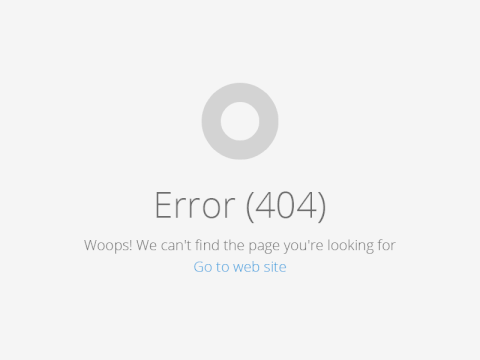A website is never one and done. It is equally as important to maintain your website as it is to design and develop it. At our agency, we know the importance of regular WordPress maintenance and the benefits these steps have for our clients.
Check out these 9 regular maintenance checks you can do on your site to keep it running smoothly.
1. Backup your database
First and foremost, backup your website. Regularly backing up your site allows you to restore your website in the event that it does get hacked or corrupted. If your database is corrupted or hacked, you could lose everything. Depending on how often you add or change content on your site will be the deciding factor on how often you backup your site.
2. Update WordPress, plugins and your theme
This should be on the top of the list of your WordPress maintenance items. Updating your website, as well as WordPress themes and plugins, on a regular basis helps keep the hackers out. Get into the habit of backing up your site right before you update any of these items. If something goes wrong during the update, you can restore it back to when it was working properly.
3. Monitor your comments for spam

If you are dead set on allowing commenting on your blog, you will need to regularly check the comments on your site. People use comment spamming to try and improve their Google search ranking, so your website can get flooded with random spam in your comments. Maintaining these on a regular basis will help prevent your server from overloading and possibly crashing.
4. Perform visual checks and interact with your site
Give your website a good look through at least once a month. View pages, click through interactive items, fill out forms to make sure everything is working properly. Don’t forget to view your site on multiple devices too.
5. Check and remove broken links

While you are going through your website during the visual check, make note of any broken links or pages that do not exist so you can correct these ASAP. Not only do broken links and non existing pages create a negative experience for your users, it also effects your overall SEO score.
6. Security checks
Another item to add to your WordPress maintenance list are security checks. There are plugins that you can install that will check your site regularly for vulnerabilities, but you will still need to manually check these reports to fix any issues as they arise.
7. Speed tests
Every second counts. No one wants to wait on your website to load. If you see a spike in bounce rates, you probably have some slow loading pages. The most common reason why your site might load slow are large image files, poorly coded theme, large video files, etc. Knowing what the pages that are slow to load will help you narrow down the content that is bogging down your site.
8. Clean up installed plugins
We all do it: add plugins to see how they really work and then don’t use them for whatever reason. Try to get into the habit of removing plugins you don’t use as often as you can. Maintaining clean code on your site is crucial to its performance.
9. Google Analytics

Last but definitely not least, check Google Analytics on a regular basis. There is so much to learn about your website and your audience by digging into these analytics. If bounce rates are high, dig into a page to find out why. Is it slow to load, is the information on that page still valuable? What pages have the highest rank, how can you use that to your benefit? Google Analytics is free – there’s no reason not to use it!
Need help maintaining your site? We’re here to help!

